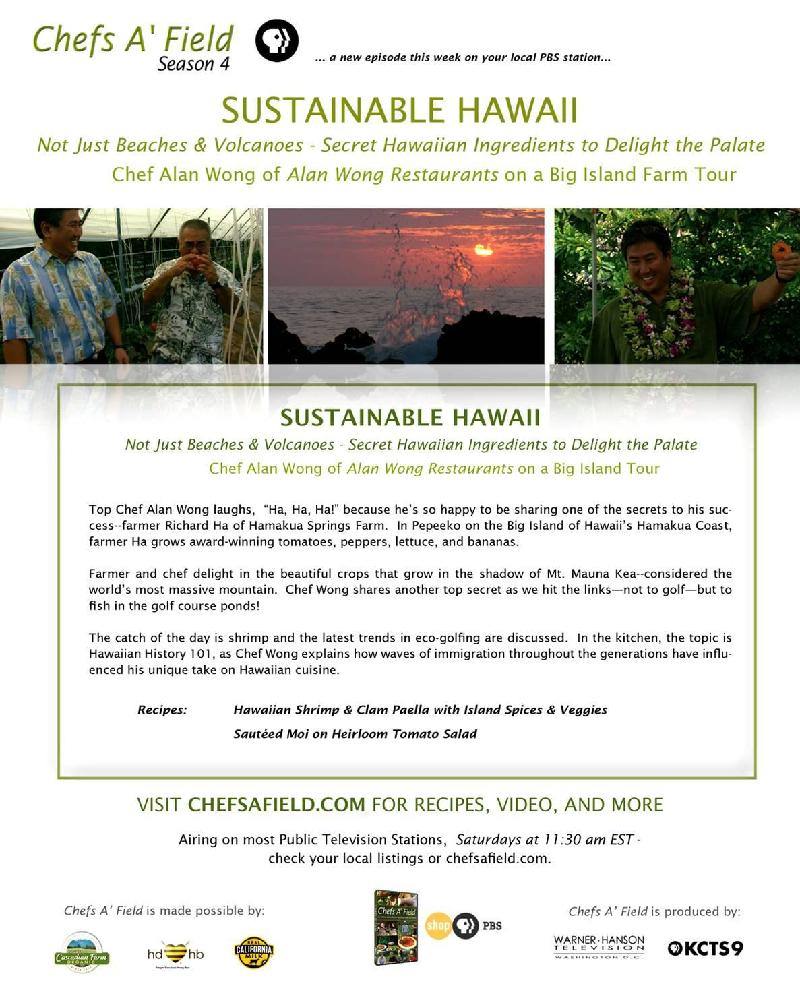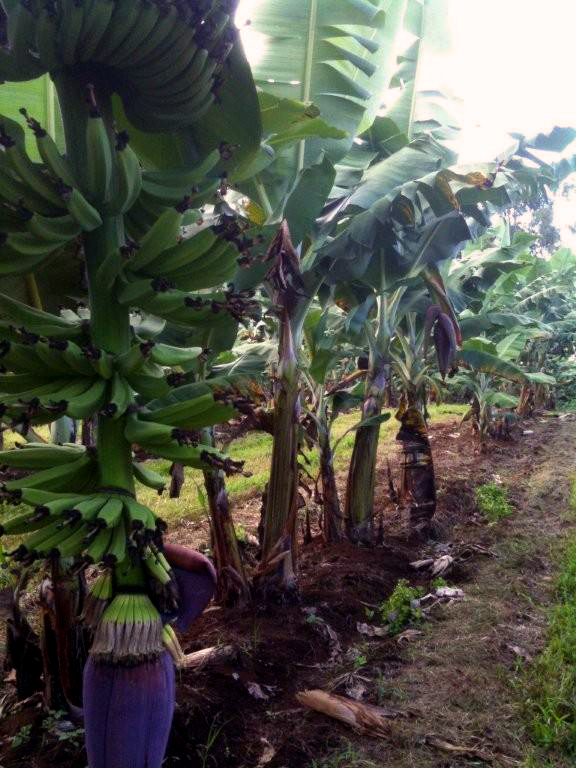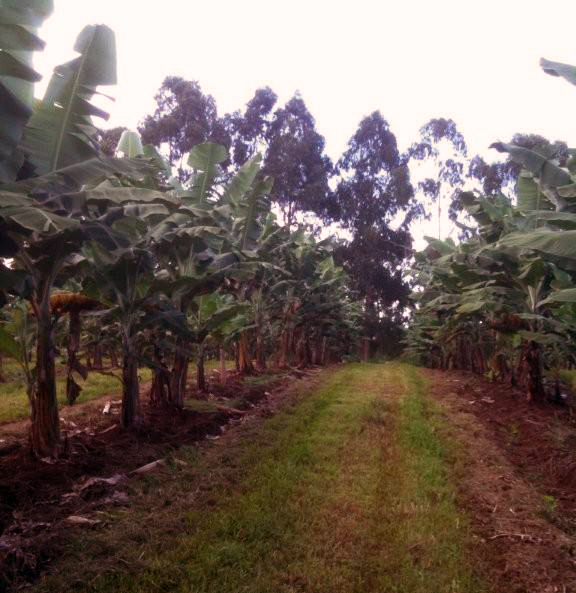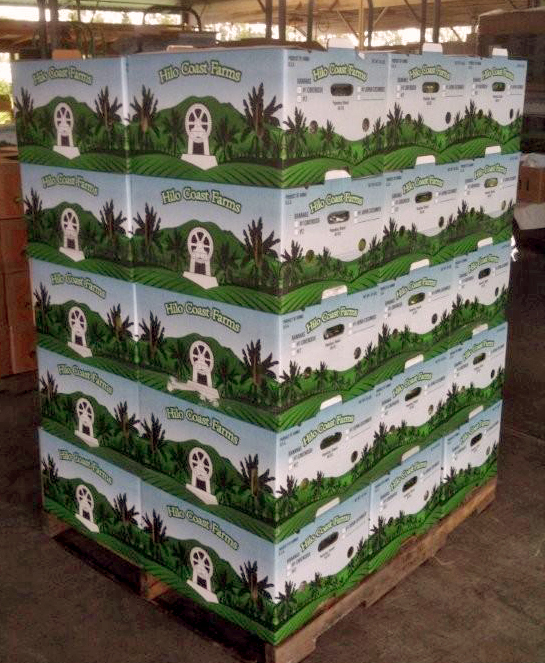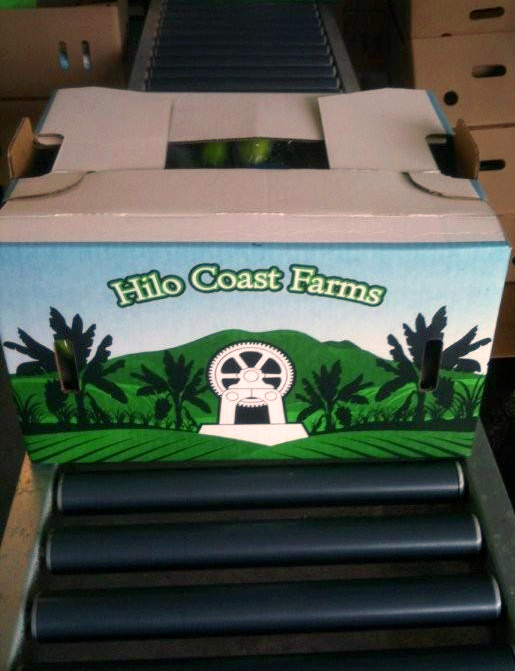Did you know that geothermal energy is one of the cheapest sources of renewable energy? On top of that, it is steady power – just what the electric utilities need to be able to deliver dependable service. This Wall Street Journal blog post compares different renewable energy sources, and says that geothermal’s break-even point is when oil hits $57 per barrel.
Oil is close to $80 per barrel now. This means that if most of our electricity were coming from geothermal now, our electricity and water rates would hardly rise from here forward – while who knows where oil could take us.
We need to get off oil.
This Hawaii Business article, titled Big Island Big Ideas, with the subtitle “Local leaders chart six ways to revitalize the economy,” takes an optimistic point of view, and that is important.
We must realize, though, that the world has changed because of rising oil prices. We must be wise enough to take every opportunity to prepare our keiki for a future that is going to be very different from our past. If we take the long-term view, and focus on where we need to go, we can all get there together.
The Hawaii Business article discusses the Thirty Meter Telescope (TMT). We believed in and followed the process Judge Hara directed us to follow in developing a Comprehensive Management Plan for the care of Mauna Kea. And if, subsequently, the TMT is built on Mauna Kea, the benefits to our people will be greater than we can imagine.
In the meantime, we know that we will soon be in a new world of declining world oil supplies. In the 1930s, it took one barrel of oil to get 100 barrels. And in the 1970s, it took one barrel of oil to get 30. Nowadays it takes one barrel of oil to get 10. This is happening as oil becomes increasingly more difficult to harvest.
We know that oil prices will rise even more than they have; how fast and how high are the only questions. Net energy minus the amount of energy it takes to grow our food gives us our lifestyle, and the more energy it takes to get that energy, the more our lifestyle will shrink. We are already seeing this happen, and it will get worse.
Fortunately, here on the Big Island we have geothermal. Geothermal energy costs are stable and, unlike oil, they will not rise. Geothermal is a resource and a special gift that very few in the world are blessed to have. We must use this gift wisely.
The state of Hawai‘i owns the geothermal resource and receives revenues from its use. Of that revenue, 20 percent goes to the Office of Hawaiian Affairs (OHA) for its social services programs. Currently, Puna Geothermal Venture pays $3.5 million annually to the state of Hawai‘i, and $700,000 a year goes to OHA. As we expand geothermal, these entities will receive more money.
This is an important consideration, because our own people have the lowest median family income in the state of Hawai‘i. We all know that lower income folks are hit first and hardest when oil prices rise. Putting more geothermal on-line will help the most defenseless among us (and the rest of us, too). And it means more money going to OHA for its programs.
The cost of geothermal energy will remain stable as oil becomes more and more difficult to harvest and its price steadily rises. This means we will all have more discretionary income. More spending money means businesses will flourish, which means more jobs so that folks can take care of their families.
And, as oil costs rise and rise, we with our stable geothermal energy costs will become increasingly more competitive in terms of cost of living. Although airfares may be very high, once here, folks will find it relatively less expensive than other places. So we can probably anticipate fewer visitors but those who come would likely stay longer and spend more money.
I can imagine those folks would engage with the community in Ag and other specialty experiences. I can see many more opportunities for regular folks to interact and offer custom services. There could be more individual entrepreneurs than exist in the current tourism model.
If we plan for our future, engaging with each other in a respectful manner, I can see our greatest asset, the aloha spirit, flourishing. And that aloha spirit, more than money, is what will make all of us rich.

